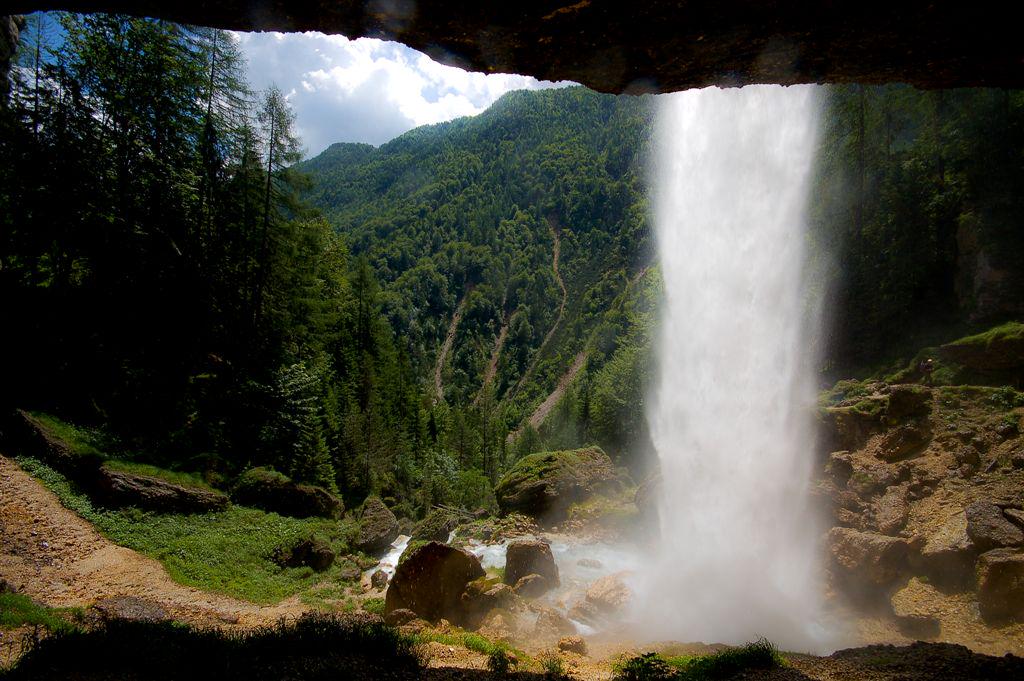
Triglav, Slovenia’s highest mountain, also happens to be a beloved national symbol. The Triglav National Park attracts millions of visitors, but the remarkable Triglav Lakes Valley, high up on the slopes leading towards the summit, remains little-known to most visitors, even though it was where the national park got its start almost a century ago.
The area is often known as the Valley of the Seven Lakes although he precise number of lakes is the subject of some debate, since some of them are no larger than small ponds. It turns out that the name has as much to do with the importance of the number seven in Slovenian tradition than the exact number of lakes.
What is beyond dispute is the spectacular beauty of the lakes, as well as their variety. Their different appearance has much to do with the vegetation that surrounds them. The highest of the lakes, at an altitude of 1993 meters, is usually covered in ice well into the summer and has a spare, rocky appearance, because few plants can thrive at such an altitude. On the other hand, the Black Lake, which lies 700 meters lower, gets its distinctive color from the dark-green woods that surround it. Among the most famous of the Triglav Lakes is the Double Like, which is overlooked by a mountain hut popular among those on the way to the summit of Triglav.
Because of the valley’s unspoiled nature, as well as its rich flora and fauna, it became a protected area in 1924, one of the first nature preserves in all of Europe. The park eventually became the famed Triglav National Park, and in 1981, the protected area was expanded far beyond the Triglav Lakes Valley to include most of the Julian Alps.
But the struggle for preservation is far from over. Several years ago, one of the Triglav Lakes erupted in foul-smelling algae. It turned out that there were two likely reasons for the algal contamination: Someone had introduced non-native fish to the lake, and the fish had destroyed the plankton that would have otherwise eaten the algae. Also, waste from the nearby hut also seeped into the previously unspoiled lake. The incident served as a reminder of just how fragile the nature of the area is and how quickly it can be affected by reckless behavior. Already, authorities have banned swimming in the lakes to help them recover to their natural states.
More and more visitors are recognizing that exceptional care is needed for the Triglav Lakes Valley to remain a symbol of remote, untamed nature in the hearty of the Triglav National Park.

































































